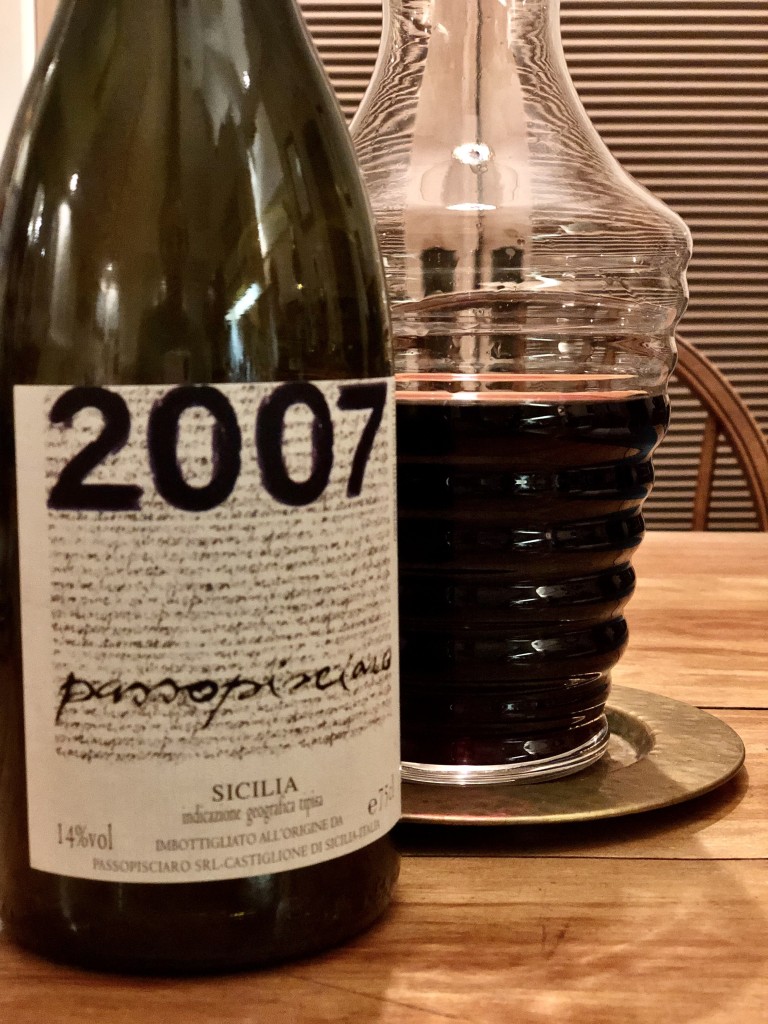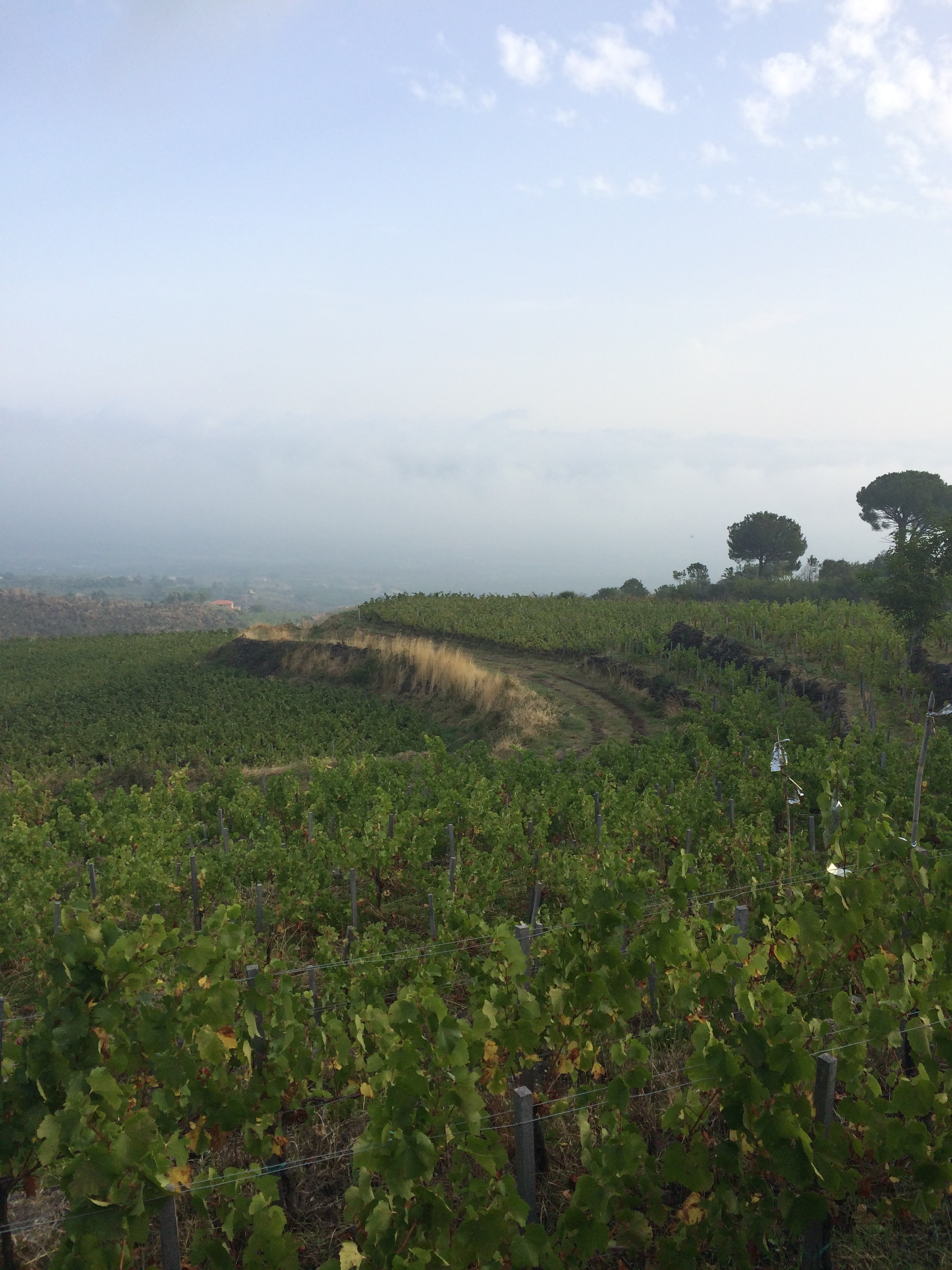Sometimes a bottle of wine is like a much-needed hug.
In this case, that was due to both the maker and the giver. 2007 was the last vintage before Andrea Franchetti began making his single vineyard Contrada wines, so this was still his only Nerello Mascalese, and so much of that fruit still made it into this bottling. I’ve always thought of Passorosso (as this wine is now known) as his calling card, a holistic approach to representing a vision of Mt. Etna’s potential, encapsulating its myriad aspects, lava flows, and elevations in a glass. Revisiting this wine took me immediately back to a place for which I’ve been so nostalgic; tasting it, I was reminded of how the best wines of that place stand with the great wines of the world.



